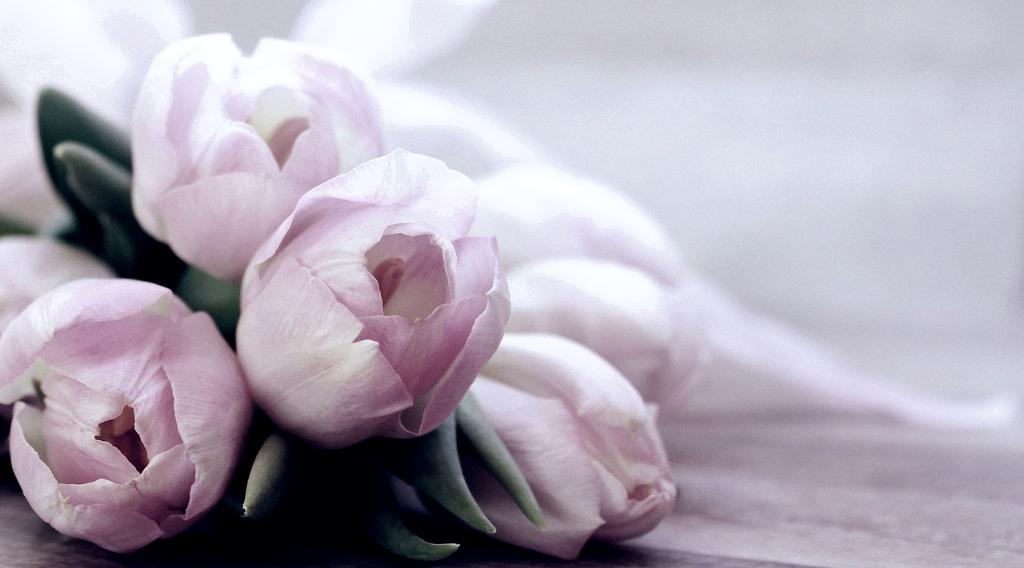When it comes to caring for your tulips after they have bloomed, one of the key steps is knowing where to make that crucial cut. As the tulip bloom begins to fade, it is recommended to cut the stem about 1 inch below the bottom of the flower.
When selecting where to precisely make the cut, it’s important to pay attention to the remaining stem and foliage. Try to leave as much of the stem and foliage intact as possible. This helps the plant with the process of photosynthesis and ensures a healthy bulb for the next growing season.
Trimming the tulips after they bloom not only helps the overall appearance of your garden but also plays a significant role in the plant’s health. By cutting the stem properly, you encourage the plant to send nutrients back to the bulb, helping it store energy for the next growing season.
Properly trimming tulips after their bloom also prevents the flower from going to seed. By removing the fading bloom, you redirect the plant’s energy towards enhancing the bulb’s growth rather than producing seeds.
Additionally, cutting tulips after bloom can help avoid the risk of pests and diseases. Removing spent blooms promptly can prevent potential issues that may arise from decaying plant material.
It’s advisable to perform the cutting process with sharp, clean gardening shears. This ensures a clean cut that minimizes damage to the plant and reduces the risk of introducing infections to the stem.
After cutting the tulips, it’s essential to dispose of the trimmed parts properly. Decomposing plant material can attract pests and diseases to your garden. Consider adding the cut stems and foliage to your compost pile or dispose of them in regulated green waste bins.
For tulips grown in pots or containers, the cutting process remains the same. Trim the stem about 1 inch below the bottom of the flower, leaving ample foliage intact. Proper pruning helps maintain the health and vigor of potted tulips.
Remember to water your tulips after trimming them. Providing adequate hydration post-trimming supports the plant in recovering from the stress of the pruning process and aids in preparing the bulb for the following growing season.
Furthermore, consider applying a balanced fertilizer to the soil around the tulips after cutting them back. This extra boost of nutrients can help the plant recover and thrive, promoting healthy foliage growth and bulb development.
By following these simple yet crucial steps and knowing where to cut your tulips after bloom, you can ensure the continued health and vitality of your beloved spring flowers. Proper care post-bloom sets the stage for a beautiful display of tulips year after year in your garden.
So, the next time your tulips have finished blooming, grab your shears and give them a proper trim to promote their well-being and longevity!

